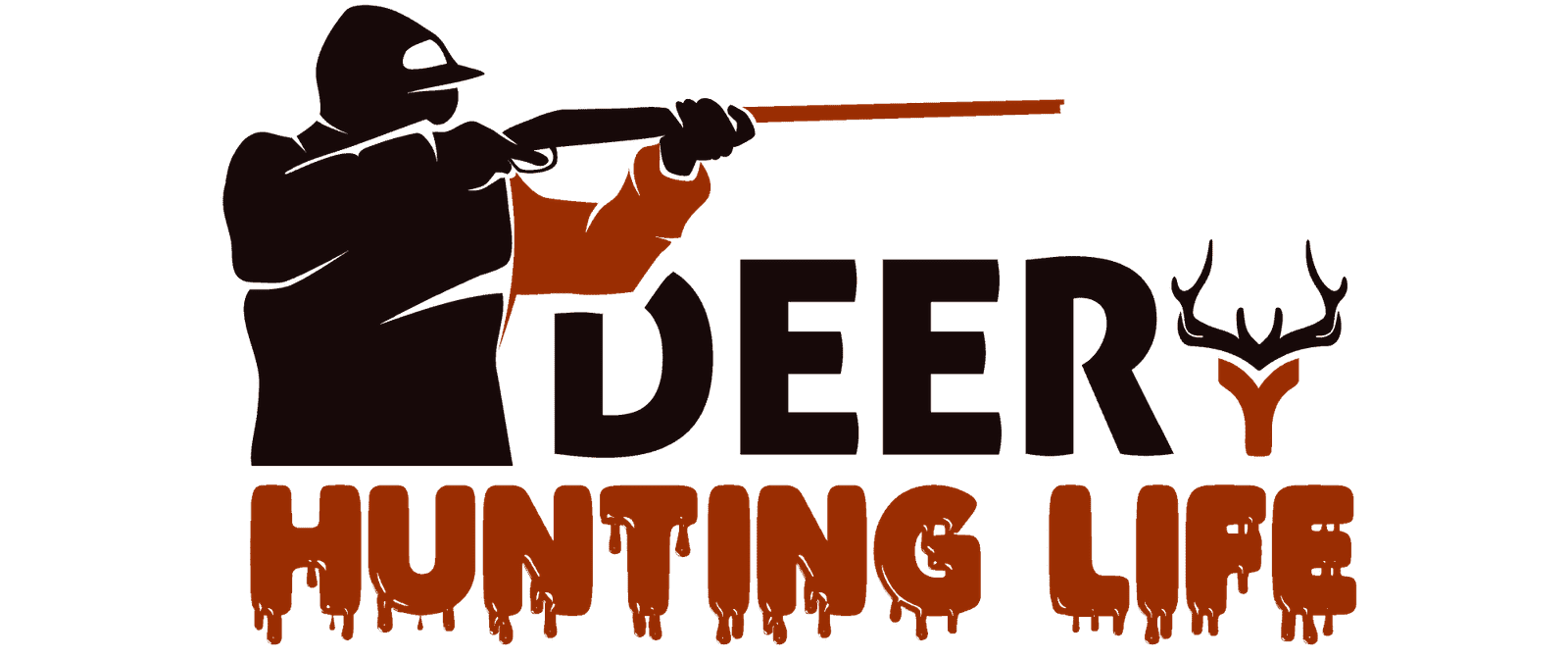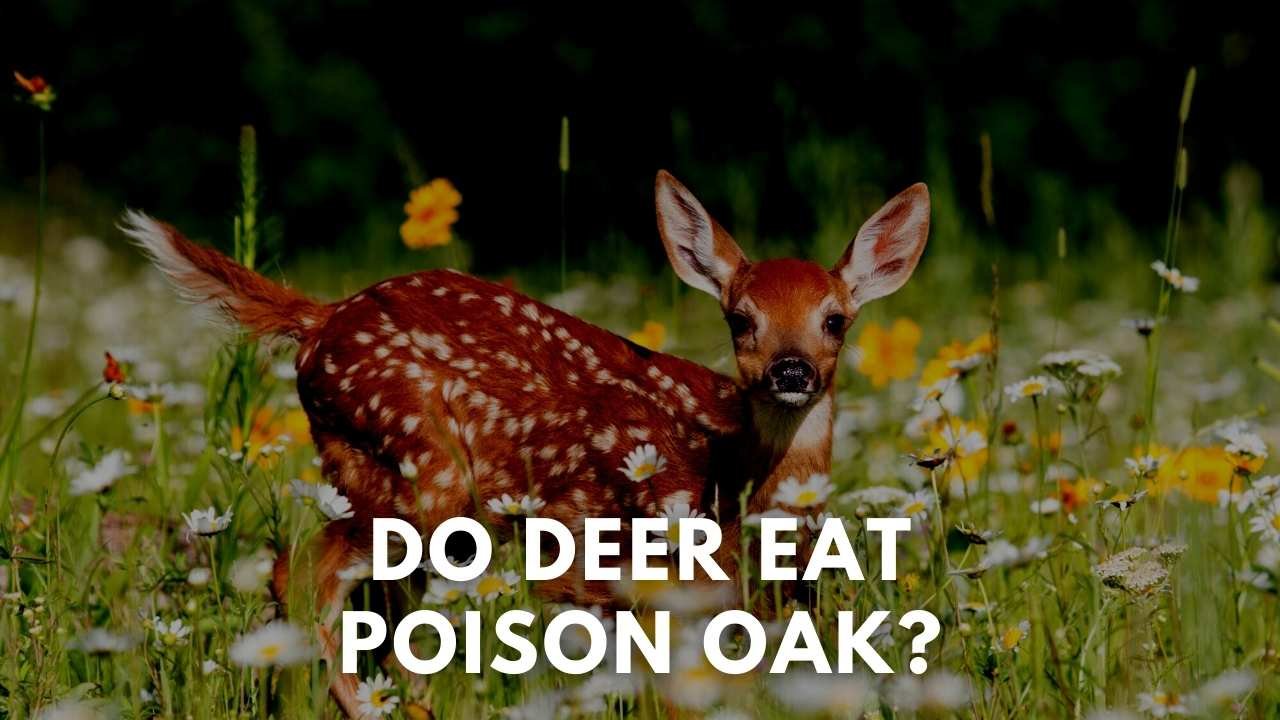Deer will consume little amounts of practically everything they come across, even small amounts of many hazardous plants. But, do deer eat poison oak?
The leaves and berries are frequently consumed by deer, birds, and other wildlife. It’s interesting to note that poison oak contains a lot of calcium, sulfur, and phosphorus.
Today we are going to explain if it’s OK for deer to eat poison oak or there are risks you need to know about.
Do deer eat poison oak?
Different plants’ toxin levels appear to have thresholds, and deer are safe as long as they eat less than those levels.
Skunk cabbage, a plant that contains crystals of the deadly substance oxalic acid, specifically crystals of calcium oxalate, is a common food source for deer in the spring.
When skunk cabbage initially appears in the spring, deer seek it and consume the green leaves and the yellow flower spike. In addition to having harmful substances, it is also high in protein, which is essential for hungry deer following the sparse winter harvest.
The majority of forbs and browse found in nature are laden with poisonous substances.
Deer probably adapt to this by eating a range of plants, consuming toxic plants in moderation, and focusing on more nutritious plants when they are available.
Deer will consume multiple plant species at once, and this combination of plants in the digestive tract may lessen or eliminate some meals’ hazardous effects.
Does poison oak affect deer?
In contrast, native animals like mule deer, black tail deer, and California ground squirrels can come into touch with poison oak on a daily basis and can enthusiastically consume the leaves without experiencing any ill effects.
Does poison ivy affect deer?
No, despite eating the plant’s berries, leaves, and stems, these animals don’t react allergically to it. Black bears, wood rats, muskrats, and white-tailed deer are among the species that eat poison ivy. Poison ivy berries are especially beloved by birds.
Does poison oak have any benefits?
Because poison oak is high in phosphorus, sulfur, and calcium, deer, birds, and other species value the leaves and berries as a source of food. It has been discovered that it contributes to the overall bird density and diversity in California and also offers shelter for birds and small mammals.
Are deer immune to poison oak?
The only creatures that develop a rash from poison oak are humans and probably a few other primates. The same is true for your dog and cat, as well as for insects, birds, deer, squirrels, and snakes.
What time of year is poison oak most potent?
Contrary to popular belief, poison oak can still infect you in the winter since the plant’s powerful oil is present in the stems all year long.
Does poison oak go dormant in the winter?
Due of its dormant state in the winter, poison oak can be quite challenging to distinguish. It is at this stage when it has lost all of its leaves and resembles bare, upright sticks emerging from the ground. The oils that cause rashes are still present even though the leaves are no longer there.
What is toxic to deer?
Common flowers with toxicity that deer avoid include daffodils, foxgloves, and poppies. Strong-smelling, fragrant plants are likewise avoided by deer. Sage, ornamental salvia, lavender, peonies, and bearded irises are among the herbs that deer find to be simply “stinky.”
What kind of poison kills deer?
There are no registered poisons, toxicants, or fatal baits for controlling deer at this time. There are substances that kill quickly, but there are no safe ways to administer deadly doses to deer that are allowed to roam freely. Utilizing toxins entails a number of unintended consequences that can be considered socially unacceptable.
What plants do deer hate the most?
Plants like rosemary and sage, which have fragrant foliage, are often unpopular with deer. Additionally, they stay away from statuary plants like yews, hollies, and boxwoods. Deer won’t eat anything that is spiky or fuzzy, so take this into account when choosing a plant.
How do deer eat poison oak?
Fruit, stems, and leaves are consumed by deer, black bears, muskrats, and rabbits. Instead of serving as a warning against poison, poison oak’s striking early-fall hue will serve as a food marker for these animals.
Final Thoughts
Symbiotic bacteria found in the first two of an animal’s four numerous stomachs, or rumen-reticulum, aid animals like deer, moose, and cows digest the plant they consume.
The microorganisms in moose’s digestive tract alter when they transition from consuming green vegetation in the summer to twigs and woody browse in the winter, and the microbes more suited to the winter diet become much more prominent.
Similar to this, consuming modest amounts of plant poisons can cause microbial adaptations in the stomach, giving the animal’s body a chance to adjust to the toxin. This explains why various members of the same species may have varied dietary tolerance levels.
- Related: Do Deer Eat Apple Cores?

